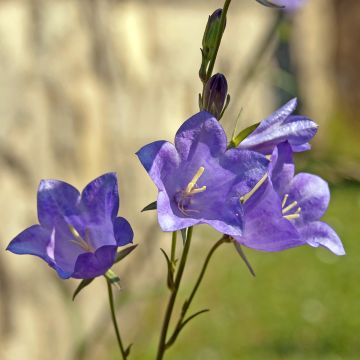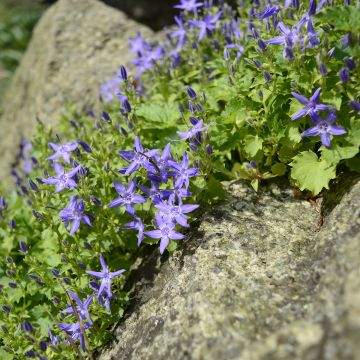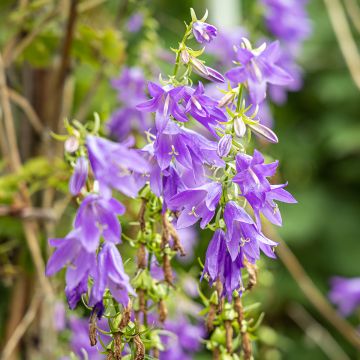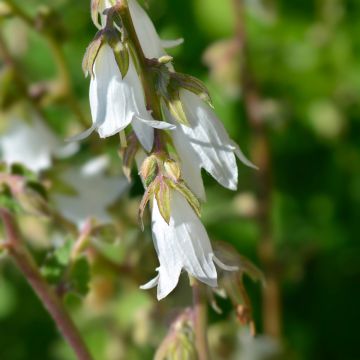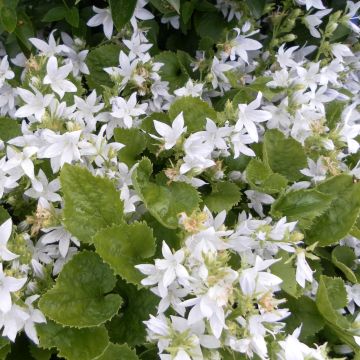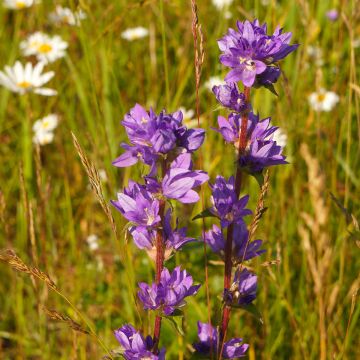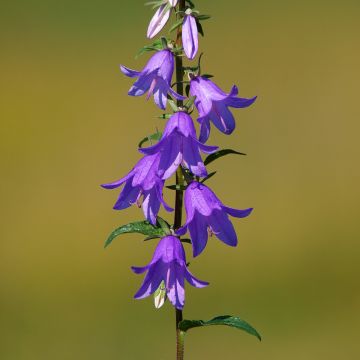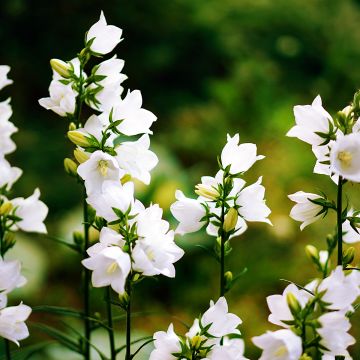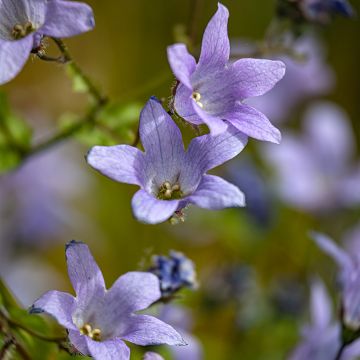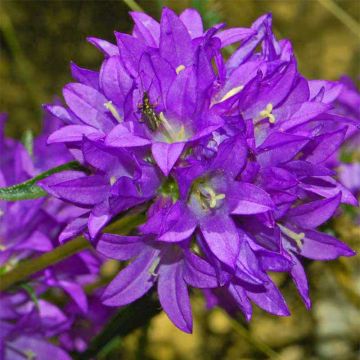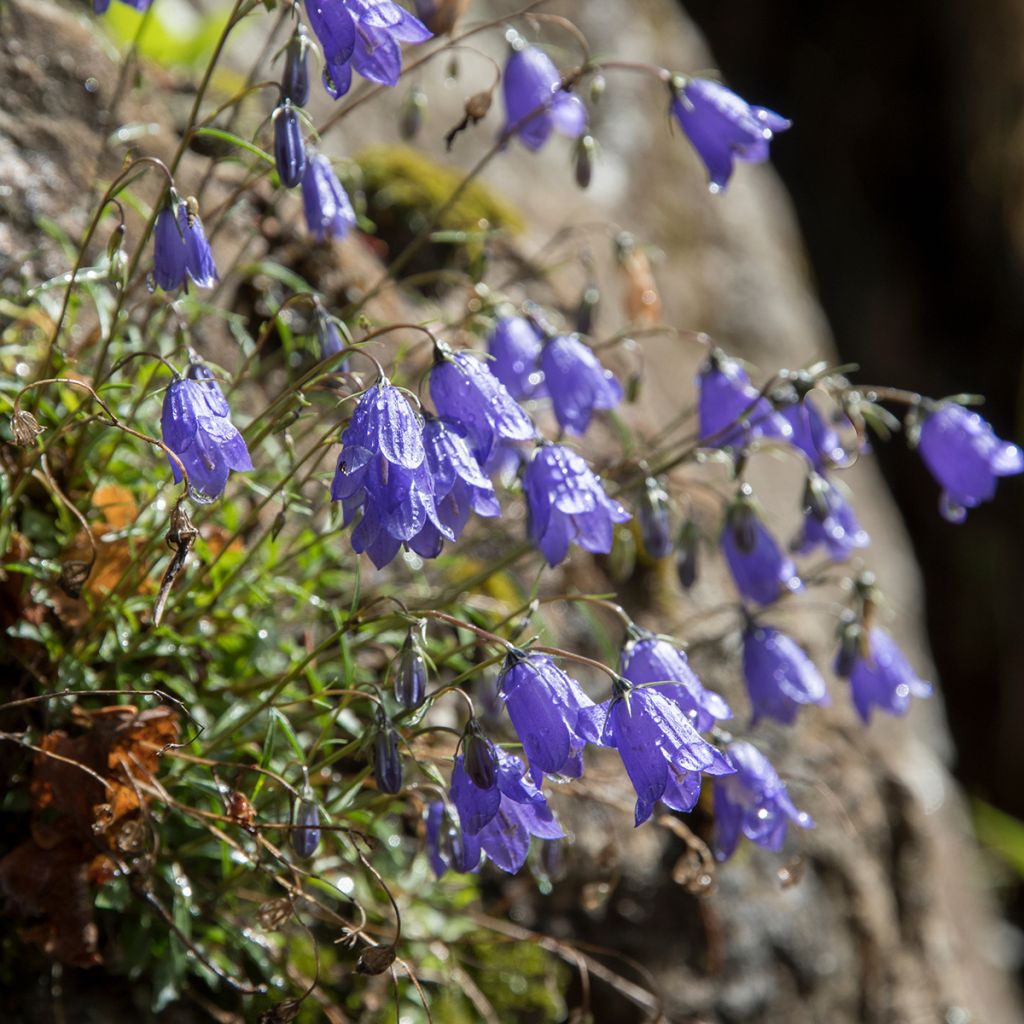

Campanula cochleariifolia
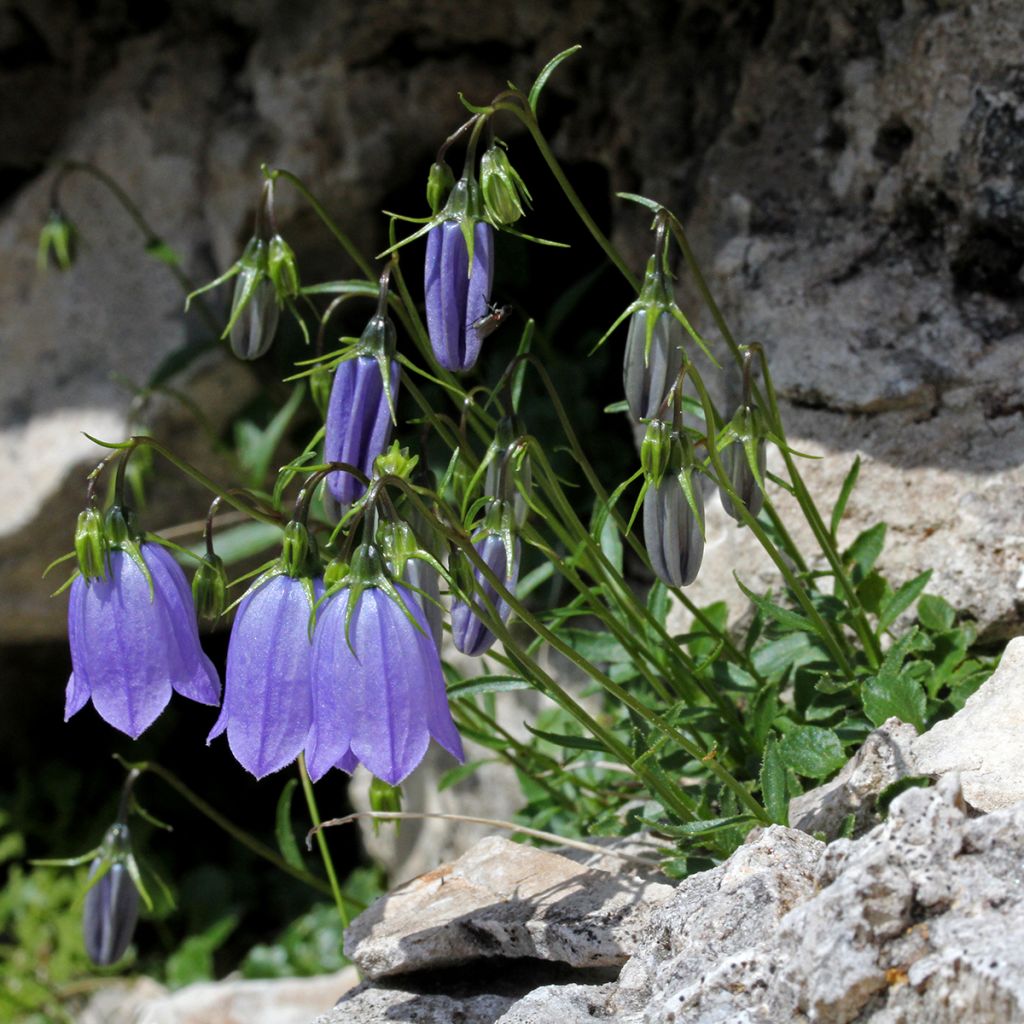

Campanula cochleariifolia
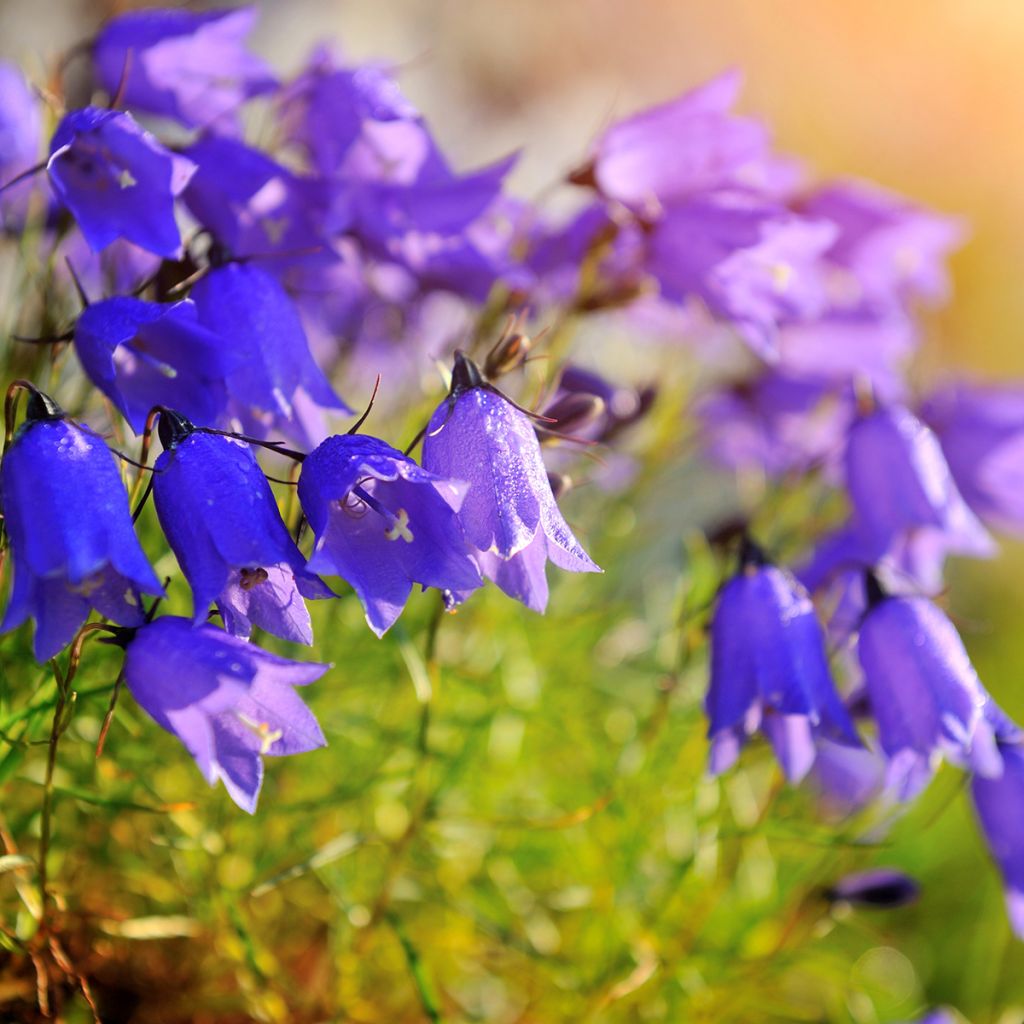

Campanula cochleariifolia
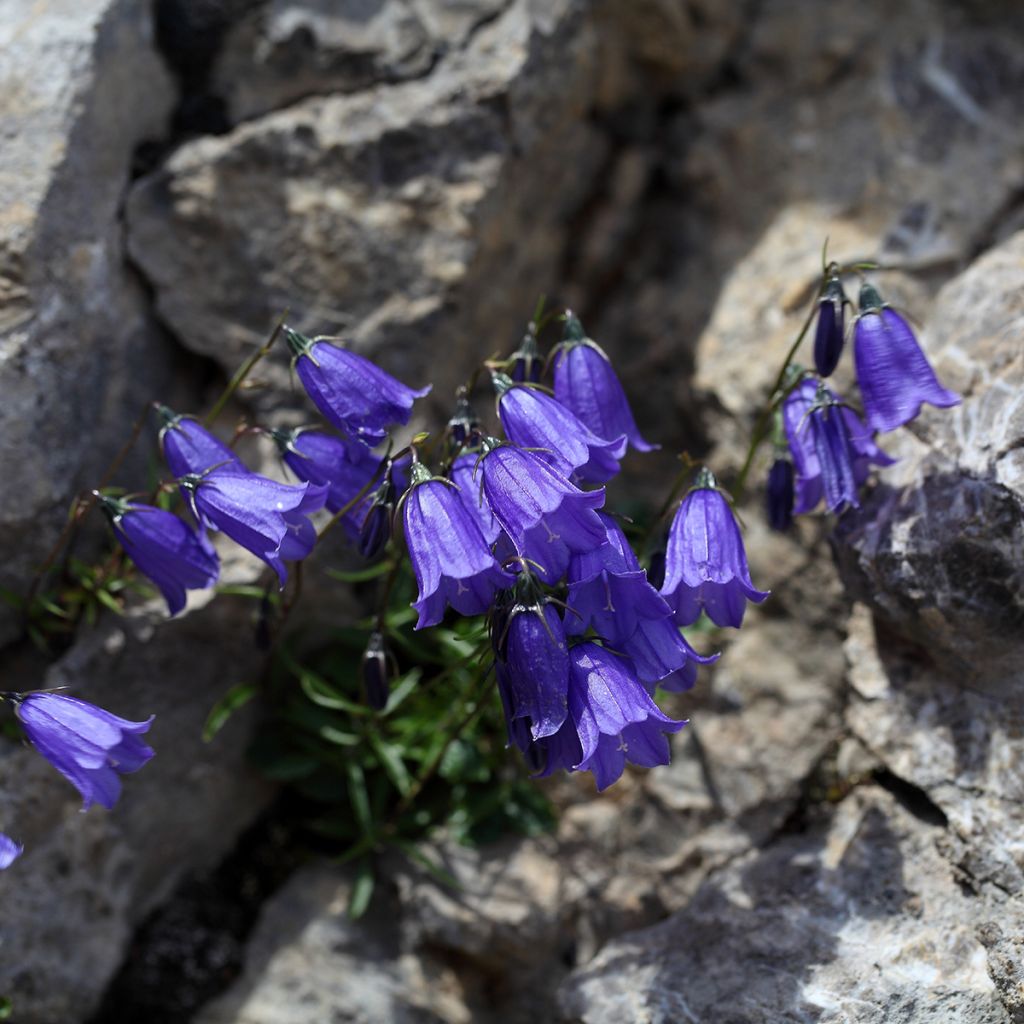

Campanula cochleariifolia
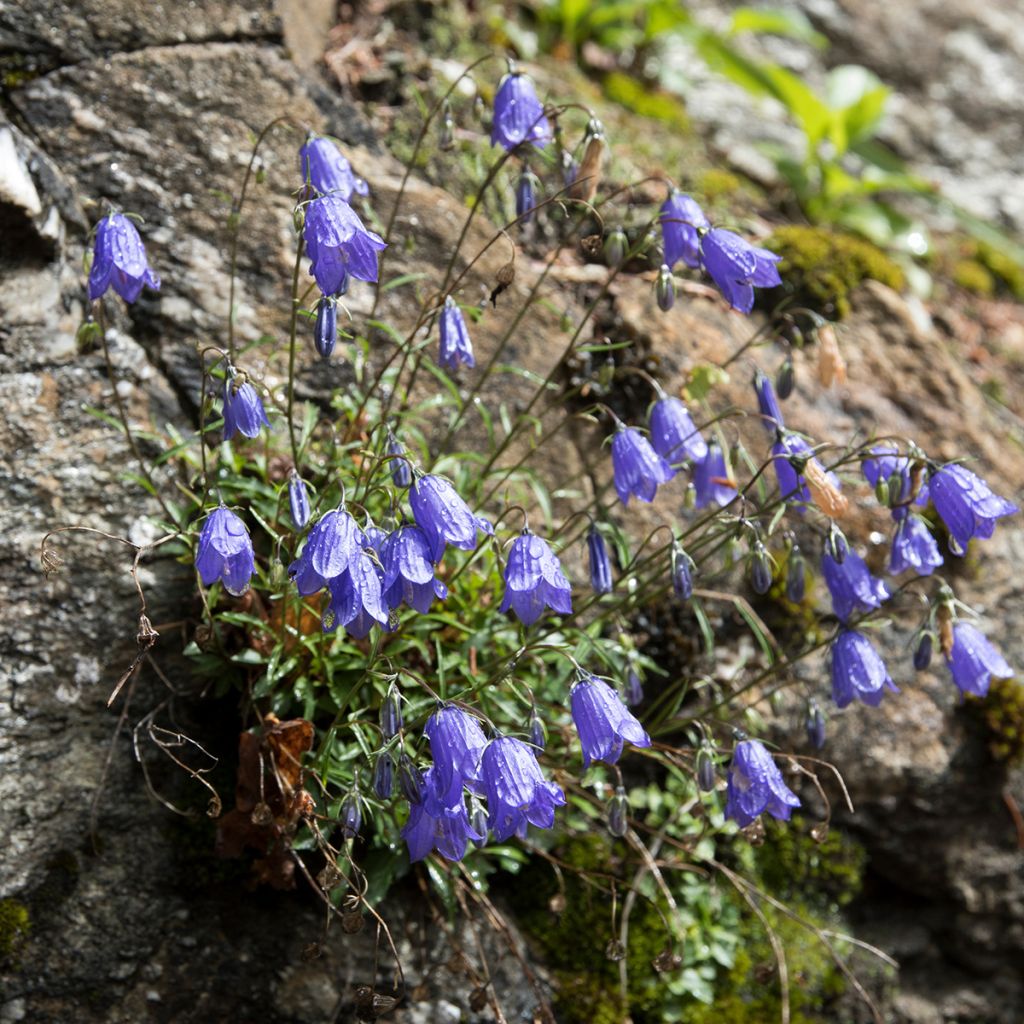

Campanula cochleariifolia
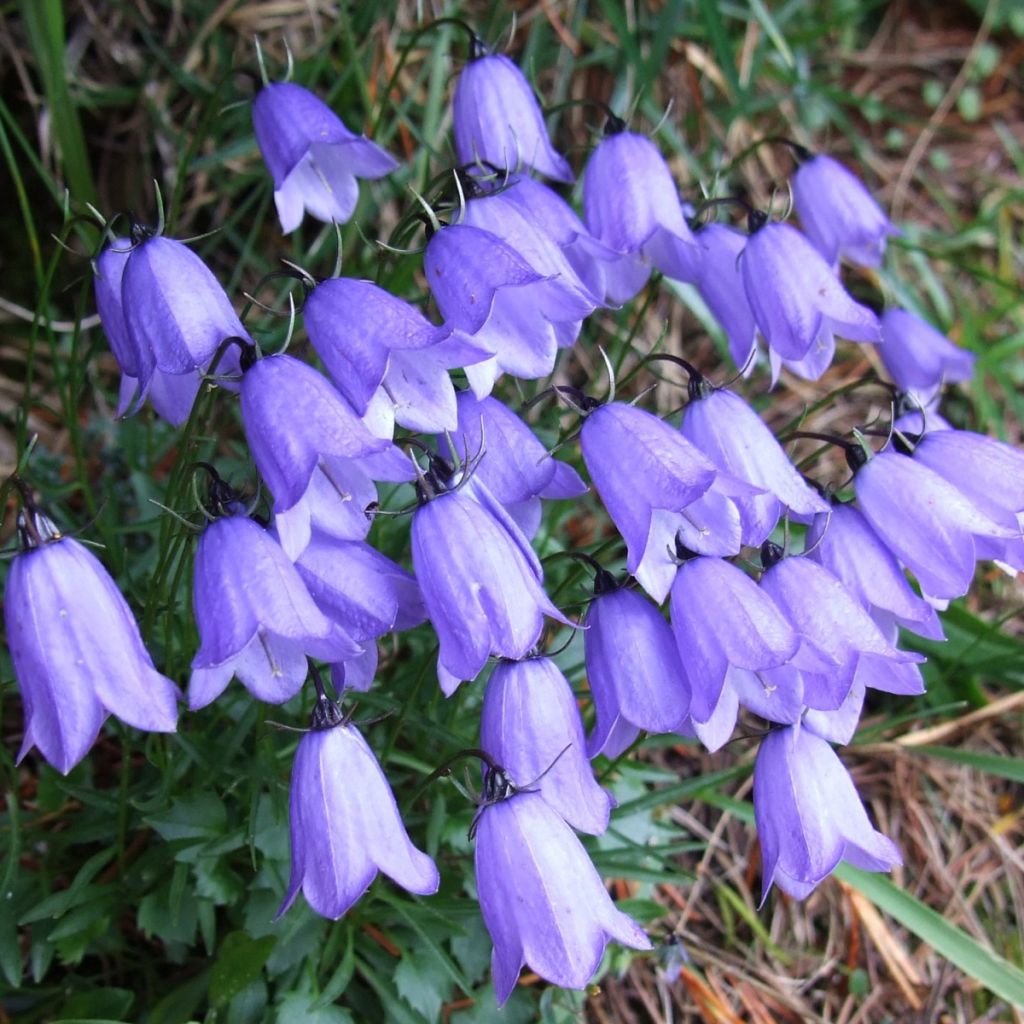

Campanula cochleariifolia
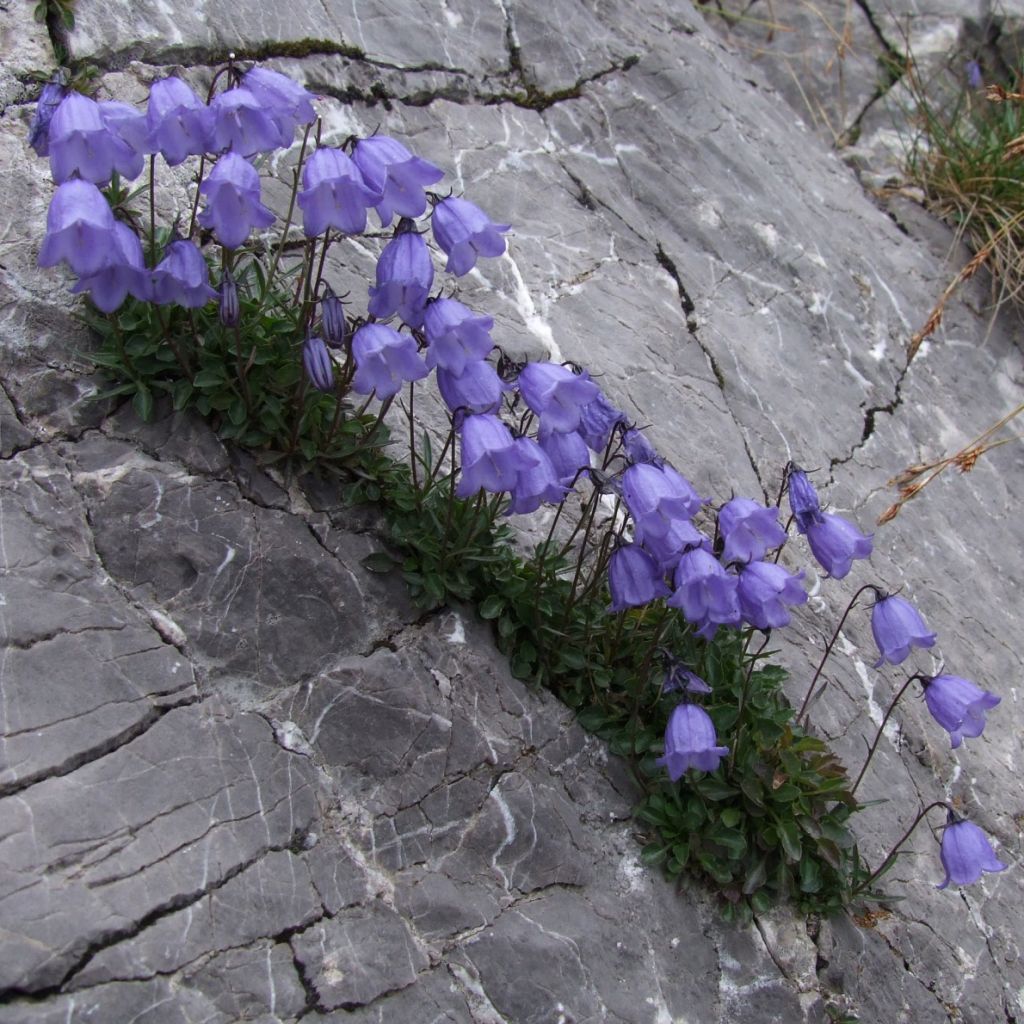

Campanula cochleariifolia
Campanula cochleariifolia
Campanula cochleariifolia
Earleaf Bellflower, Fairies' thimbles,
The package was delivered on the scheduled date. The young plants were very well packaged. They were in good condition. I hope they will thrive in their new environment.
Virginie, 01/05/2023
This item cannot be shipped to the selected country
Delivery charge from €5.90
More information
Schedule delivery date,
and select date in basket
This plant carries a 12 months recovery warranty
More information
We guarantee the quality of our plants for a full growing cycle, and will replace at our expense any plant that fails to recover under normal climatic and planting conditions.
From €5.90 for pickup delivery and €6.90 for home delivery
Express home delivery from €8.90.


Does this plant fit my garden?
Set up your Plantfit profile →
Description
Campanula cochleariifolia, also known as the ear-leaved bellflower, is a small perennial species native to the alpine region, excellent in moist scree. This spreading plant forms large patches through running and branching rootstocks and in summer produces single, pale blue flowers on thin and flexible stems that gracefully hang towards the ground.
Campanula cochleariifolia belongs to the Campanulaceae family. It is native to the Alps, where it grows in limestone scree. It is a low-growing, stoloniferous plant, reaching about 5 to 12 cm (5in) in height, with a spread of 20 cm (8in) and forms large colonies over time. It flowers from June to August, with delicate pale blue bell-shaped, semi-transparent, pendulous flowers measuring 12 to 20 mm (1in) in length, often facing the same direction, arranged in a cyme. The deciduous foliage is dark green, with heart-shaped basal leaves during flowering and lanceolate leaves on the stems.
Campanula cochleariifolia is primarily a plant for moist scree. It quickly fills cracks in paving, old walls, and low walls and also fits perfectly in a wild garden. It adapts well to growing in containers, in light and well-drained substrate. This mountain plant does not like excessively hot climates or nights with high temperatures.
There is definitely a bellflower that will thrive in your garden, whether it is in shade or in sun, dry or moist. This genus is so diverse that a species description is necessary.
This bellflower is one of the most common and also one of the prettiest with clumps of small round leaves and bright light blue flowers, in small bell-shaped blossoms carried by slender and thin stalks.
Report an error about the product description
Campanula cochleariifolia in pictures
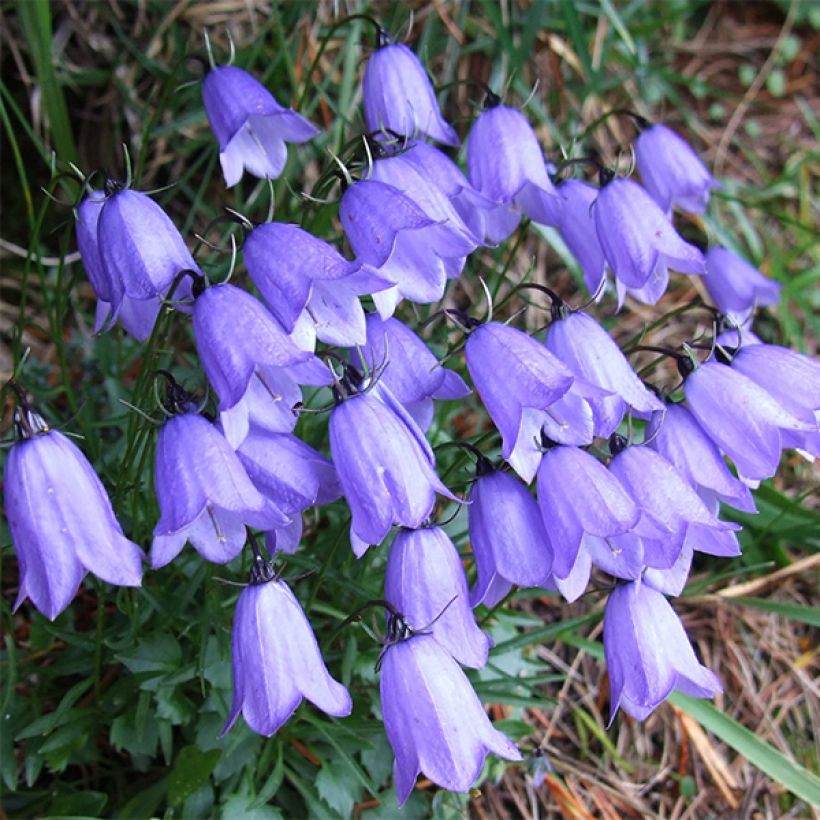

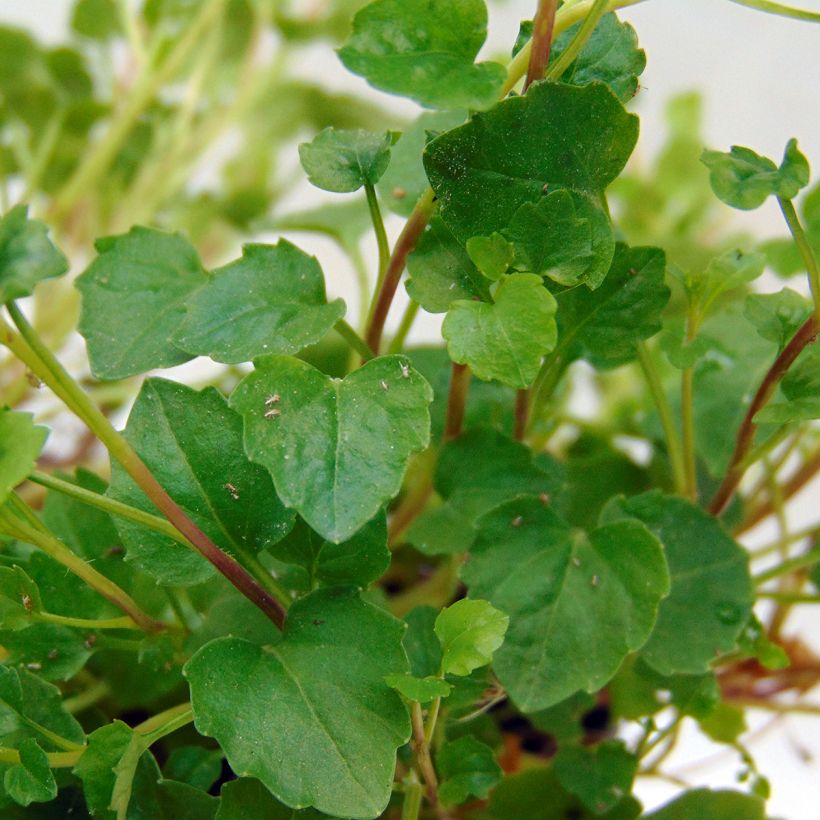



Flowering
Foliage
Plant habit
Botanical data
Campanula
cochleariifolia
Campanulaceae
Earleaf Bellflower, Fairies' thimbles,
Western Europe
Other Campanula - Bell Flower
Planting and care
Campanula cochleariifolia likes moist, light, even limestone soils, but dislikes stagnant humidity that causes the roots to rot. It requires perfectly drained soil, slightly moist to thrive. You can plant it in non-scorching sun, or partial shade, sheltered from strong winds that dry it out. This mountain plant does not like climates that are too hot, or nights where the temperature remains high. It is ideal in rock or paving cracks, in light, rocky, even limestone soil.
Planting period
Intended location
Care
-
, onOrder confirmed
Reply from on Promesse de fleurs
Haven't found what you were looking for?
Hardiness is the lowest winter temperature a plant can endure without suffering serious damage or even dying. However, hardiness is affected by location (a sheltered area, such as a patio), protection (winter cover) and soil type (hardiness is improved by well-drained soil).

Photo Sharing Terms & Conditions
In order to encourage gardeners to interact and share their experiences, Promesse de fleurs offers various media enabling content to be uploaded onto its Site - in particular via the ‘Photo sharing’ module.
The User agrees to refrain from:
- Posting any content that is illegal, prejudicial, insulting, racist, inciteful to hatred, revisionist, contrary to public decency, that infringes on privacy or on the privacy rights of third parties, in particular the publicity rights of persons and goods, intellectual property rights, or the right to privacy.
- Submitting content on behalf of a third party;
- Impersonate the identity of a third party and/or publish any personal information about a third party;
In general, the User undertakes to refrain from any unethical behaviour.
All Content (in particular text, comments, files, images, photos, videos, creative works, etc.), which may be subject to property or intellectual property rights, image or other private rights, shall remain the property of the User, subject to the limited rights granted by the terms of the licence granted by Promesse de fleurs as stated below. Users are at liberty to publish or not to publish such Content on the Site, notably via the ‘Photo Sharing’ facility, and accept that this Content shall be made public and freely accessible, notably on the Internet.
Users further acknowledge, undertake to have ,and guarantee that they hold all necessary rights and permissions to publish such material on the Site, in particular with regard to the legislation in force pertaining to any privacy, property, intellectual property, image, or contractual rights, or rights of any other nature. By publishing such Content on the Site, Users acknowledge accepting full liability as publishers of the Content within the meaning of the law, and grant Promesse de fleurs, free of charge, an inclusive, worldwide licence for the said Content for the entire duration of its publication, including all reproduction, representation, up/downloading, displaying, performing, transmission, and storage rights.
Users also grant permission for their name to be linked to the Content and accept that this link may not always be made available.
By engaging in posting material, Users consent to their Content becoming automatically accessible on the Internet, in particular on other sites and/or blogs and/or web pages of the Promesse de fleurs site, including in particular social pages and the Promesse de fleurs catalogue.
Users may secure the removal of entrusted content free of charge by issuing a simple request via our contact form.
The flowering period indicated on our website applies to countries and regions located in USDA zone 8 (France, the United Kingdom, Ireland, the Netherlands, etc.)
It will vary according to where you live:
- In zones 9 to 10 (Italy, Spain, Greece, etc.), flowering will occur about 2 to 4 weeks earlier.
- In zones 6 to 7 (Germany, Poland, Slovenia, and lower mountainous regions), flowering will be delayed by 2 to 3 weeks.
- In zone 5 (Central Europe, Scandinavia), blooming will be delayed by 3 to 5 weeks.
In temperate climates, pruning of spring-flowering shrubs (forsythia, spireas, etc.) should be done just after flowering.
Pruning of summer-flowering shrubs (Indian Lilac, Perovskia, etc.) can be done in winter or spring.
In cold regions as well as with frost-sensitive plants, avoid pruning too early when severe frosts may still occur.
The planting period indicated on our website applies to countries and regions located in USDA zone 8 (France, United Kingdom, Ireland, Netherlands).
It will vary according to where you live:
- In Mediterranean zones (Marseille, Madrid, Milan, etc.), autumn and winter are the best planting periods.
- In continental zones (Strasbourg, Munich, Vienna, etc.), delay planting by 2 to 3 weeks in spring and bring it forward by 2 to 4 weeks in autumn.
- In mountainous regions (the Alps, Pyrenees, Carpathians, etc.), it is best to plant in late spring (May-June) or late summer (August-September).
The harvesting period indicated on our website applies to countries and regions in USDA zone 8 (France, England, Ireland, the Netherlands).
In colder areas (Scandinavia, Poland, Austria...) fruit and vegetable harvests are likely to be delayed by 3-4 weeks.
In warmer areas (Italy, Spain, Greece, etc.), harvesting will probably take place earlier, depending on weather conditions.
The sowing periods indicated on our website apply to countries and regions within USDA Zone 8 (France, UK, Ireland, Netherlands).
In colder areas (Scandinavia, Poland, Austria...), delay any outdoor sowing by 3-4 weeks, or sow under glass.
In warmer climes (Italy, Spain, Greece, etc.), bring outdoor sowing forward by a few weeks.

































